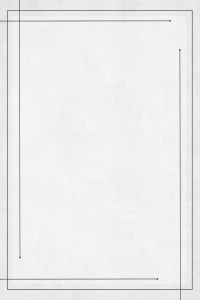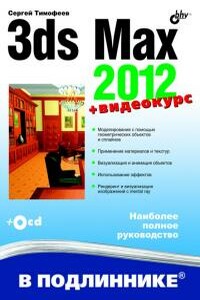The Official Radare2 Book | страница 77
Dietline supports two major configuration modes : Emacs-mode and Vi-mode.
It also supports the famous Ctrl-R reverse history search. Using TAB key it allows to scroll through the autocompletion options.
In the every shell and radare2 command autocompletion is supported. There are multiple modes of it - files, flags, and SDB keys/namespaces. To provide the easy way to select possible completion options the scrollable popup widget is available. It can be enabled with scr.prompt.popup, just set it to the true.
By default dietline mode is compatible with readline Emacs-like mode key bindings. Thus active are:
• Ctrl-a - move to the beginning of the line
• Ctrl-e - move to the end of the line
• Ctrl-b - move one character backward
• Ctrl-f - move one character forward
• Ctrl-w - delete the previous word
• Ctrl-u - delete the whole line
• Ctrl-h - delete a character to the left
• Ctrl-d - delete a character to the right
• Alt-d - cuts the character after the cursor
• Ctrl-k - kill the text from point to the end of the line.
• Ctrl-x - kill backward from the cursor to the beginning of the current line.
• Ctrl-t - kill from point to the end of the current word, or if between words, to the end of the next word. Word boundaries are the same as forward-word.
• Ctrl-w - kill the word behind point, using white space as a word boundary. The killed text is saved on the kill-ring.
• Ctrl-y - yank the top of the kill ring into the buffer at point.
• Ctrl-] - rotate the kill-ring, and yank the new top. You can only do this if the prior command is yank or yank-pop.
• Ctrl-r - the reverse search in the command history
Radare2 also comes with in vi mode that can be enabled by toggling scr.prompt.vi. The various keybindings available in this mode are:
• j - acts like up arrow key
• k - acts like down arrow key
• a - move cursor forward and enter into insert mode
• I - move to the beginning of the line and enter into insert mode
• A - move to the end of the line and enter into insert mode
• ^ - move to the beginning of the line
• 0 - move to the beginning of the line
• $ - move to the end of the line
• h - move one character backward


